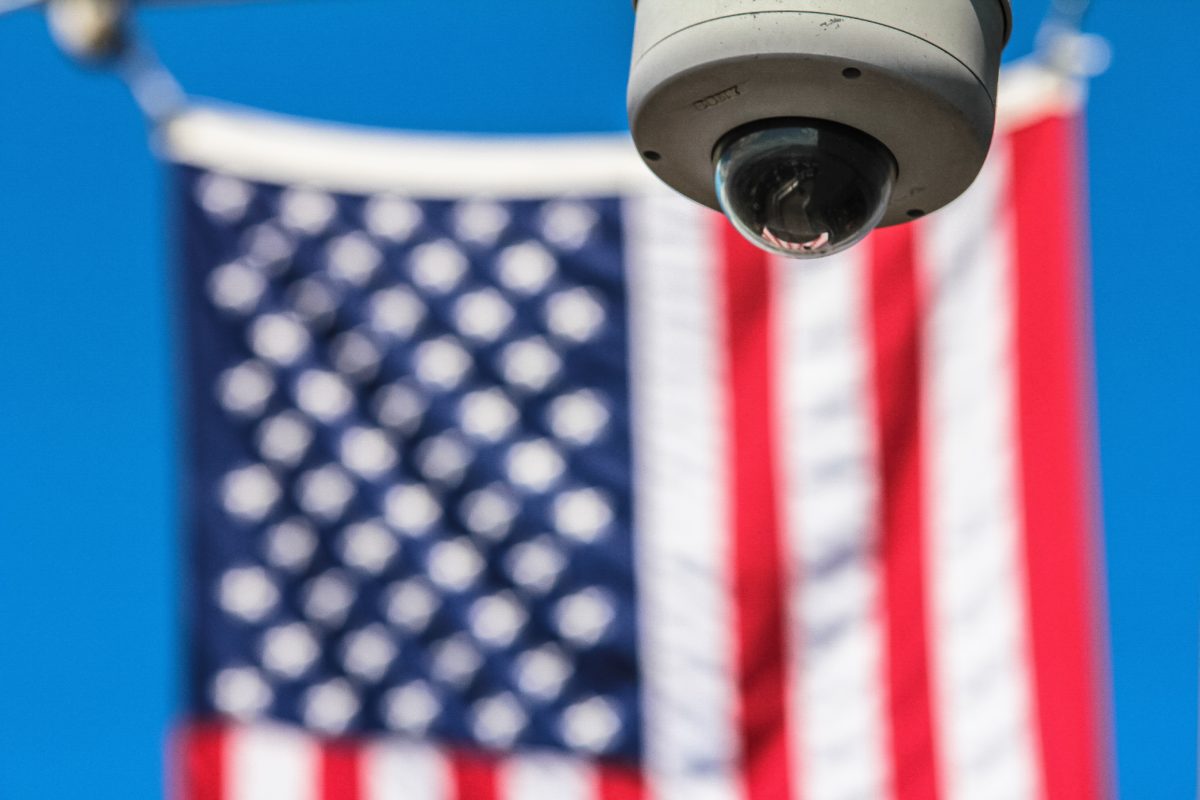
Video surveillance has been a key component of safety and security groups for many organizations. As an application, video surveillance has demonstrated its value and benefits countless times by providing real-time monitoring of a facility’s environment, people, and assets as well as by recording events for subsequent investigation, proof of compliance, and audit.
Artificial intelligence (AI) is increasingly being used in video surveillance applications to enhance the capabilities of cameras and video management systems. Some common uses of AI in surveillance include:
- Object Detection and Tracking: AI algorithms can detect and track objects of interest, such as people or vehicles, in real time. This can reduce the number of false alarms and improve the efficiency of security personnel.
- Facial Recognition: AI can be used to identify individual based on their facial features. This can be used to grant or deny access to secure areas, or to track the movement of specific individuals.
- Scene Analysis: AI algorithms can analyze video footage to identify unusual or suspicious behavior, such as a person loitering in a restricted area.
- Video Summarization: AI can analyze video footage to generate a condensed summary of the most important events, reducing the time and effort required to review hours of footage.
- License Plate & Vehicle Identification: AI can read the license plate numbers and identify information about the vehicle.
- Predictive Maintenance: AI can be used to analyze video footage from cameras installed in industrial environments to identify potential equipment failures before they occur, reducing downtime and maintenance costs.
Overall, the use of AI in video surveillance applications is helping to improve the accuracy and efficiency of security systems and to provide valuable insights for a wide range of industries.
